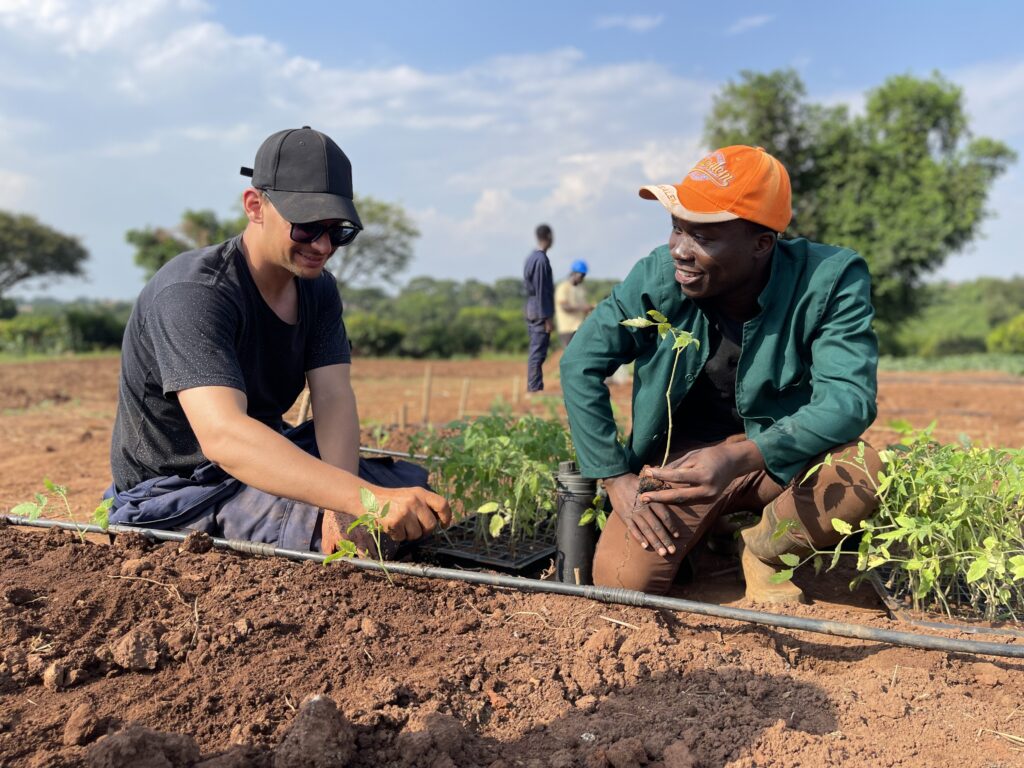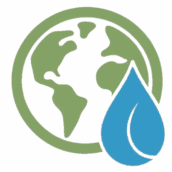Developed from the field

Everything started with a research initiative embedded within the FoodLAND project (https://foodland-africa.eu). Philippe Hess led a collaborative field experiment in Uganda, undertaken by the Swiss research institute Agroscope, the Zurich University of Applied Sciences (ZHAW), and Makerere University in Uganda. Between 2023 and 2024, field trials near the capital Kampala were conducted to evaluate smart irrigation solutions in terms of water productivity, as well as the technological and social barriers to their adoption in low- and middle-income countries (LMICs) like Uganda.
Two systems were tested: a fully automated setup using commercial off-the-shelf components and the manual Chameleon sensor system (developed by VIA https://via.farm), which was tailored to smallholder contexts. Both systems demonstrated promising results in improving yields and conserving water. However, the Chameleon sensor stood out for its robustness and simplicity—while the fully automated solution, though promising in potential, lacked resilience in real-world rural settings. The trials showed that while existing technologies offer potential, they often fail in practical deployment where infrastructure is limited and cost-sensitivity is high.
This insight led us to pause and reassess. The existing market solutions were clearly not built with smallholders in mind. In 2024, we traveled across Uganda, visiting farms in different climatic zones to better understand the real challenges farmers face. By listening directly to their experiences and needs, we gathered invaluable perspectives on daily constraints, irrigation practices, and priorities.
The combination of field trials, nationwide farmer interviews, household surveys, and literature review resulted in the development of a comprehensive requirement catalogue for the successful adoption of smart irrigation technologies in LMICs.
These requirements fall into two overarching categories: Accessibility and Robustness.
Accessibility demands:
- Cost-effective components
- Availability of technical components and spare parts
- Human-centered design and intuitive interfaces
- Clear guidelines and hands-on training
Robustness demands:
- Minimal dependence on electricity and internet infrastructure
- Resilience to environmental conditions (weather, wildlife, etc.)
- Local ownership, including the freedom to maintain, adapt, and operate systems without subscriptions or proprietary lock-ins
Since no existing system fully met these criteria, and inspired by the pragmatic design philosophy behind the Chameleon sensor, Philippe Hess initiated the development of the OSI platform alongside like-minded partners.
Grounded in the twin pillars of accessibility and robustness, OSI was designed as a modular, open-source system tailored specifically for smallholder needs. The OSI Academy plays a central role in disseminating this knowledge – ensuring that farmers are not just users, but confident practitioners of the technology, trained through community learning and supported by a growing global network.

